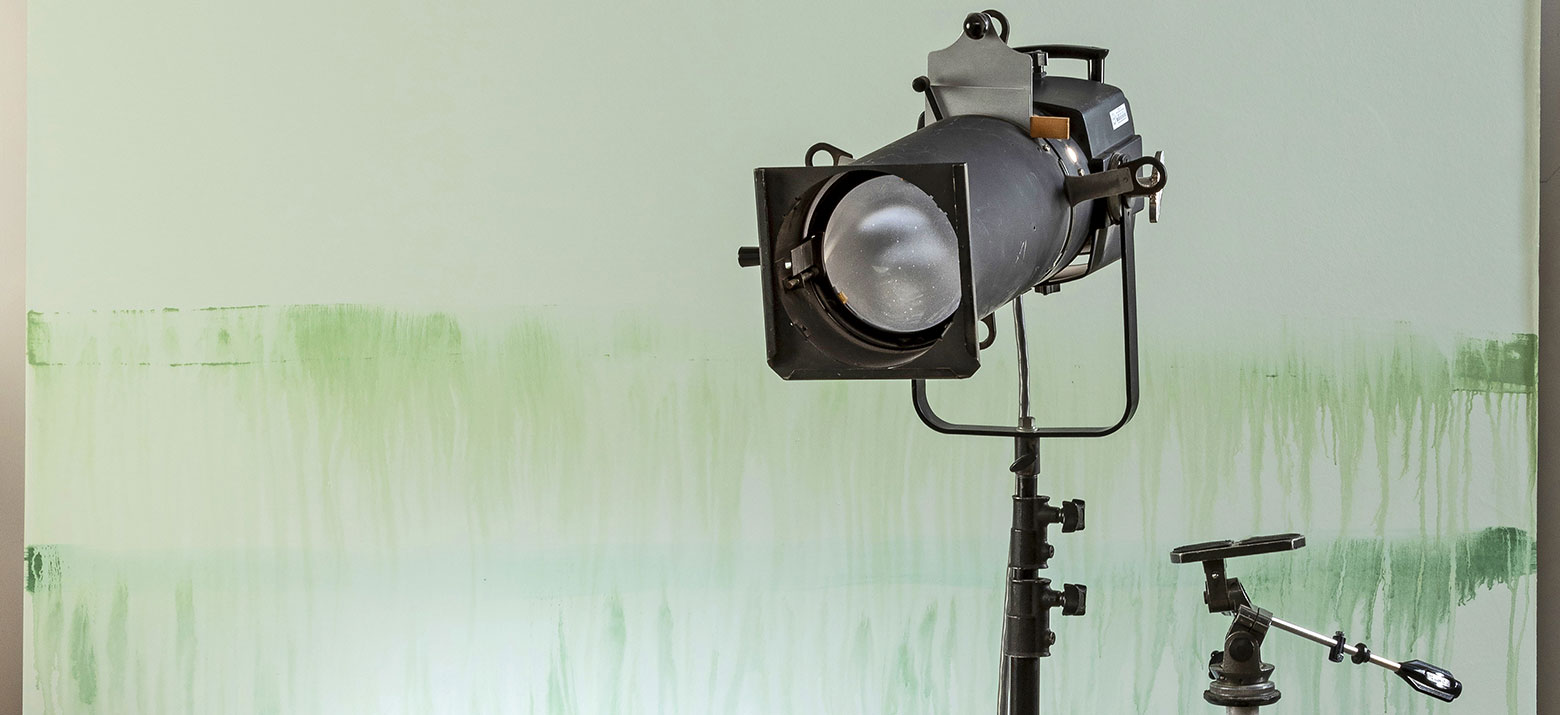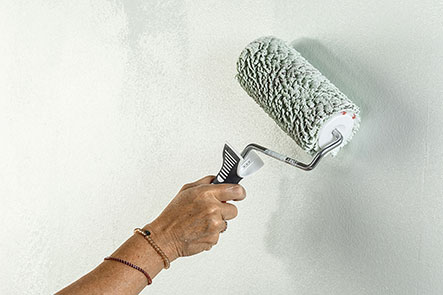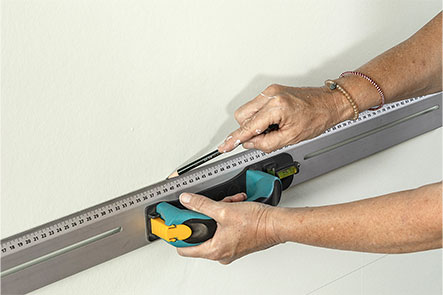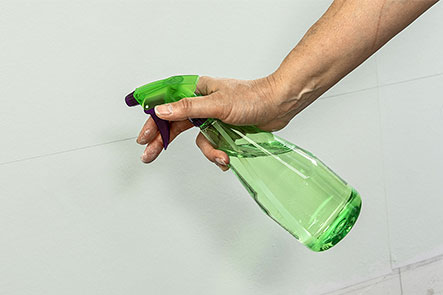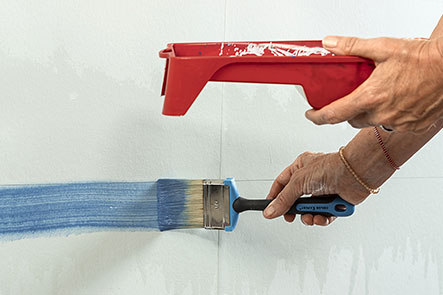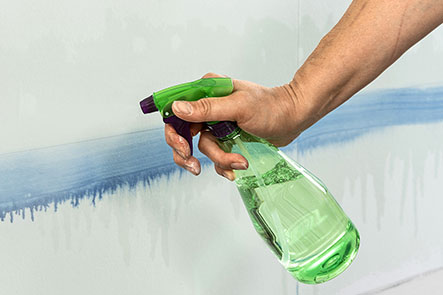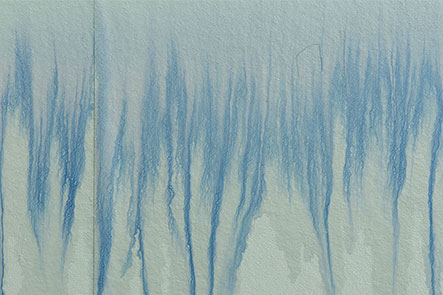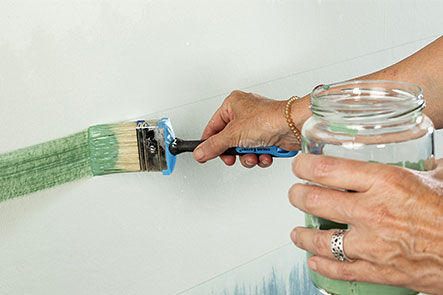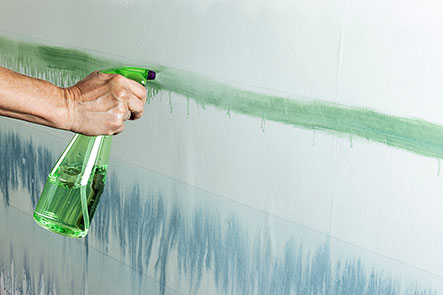Soft Flow
Paints running into each other create delicate patterns and produce a great batik effect
Apart from the paint, water is the key requirement for this effect. It is the absence of brush strokes that makes this wall effect so appealing. This only works using our nonwoven wallcoverings as the base surface, as they are capable of withstanding large amounts of water without bulging or warping . Good preparation is crucial: make sure that your paints and tools are within easy reach when you start. You need to work quickly to get a good result.
(Cooperation and copyright image rights “selbst ist der Mann”)
The technique
Do a test run on a large piece of nonwoven wallcovering to help you work out how much water you need to make the paint run. On a warm summer’s day you will need a relatively large amount of water before the paint starts to run. You can achieve the best effect using paint diluted with a little water, which can be brushed on more quickly and produces the best ‘running’ effects.
List of materials
- Erfurt Variovlies
- Green, mid-blue, dark blue and white paint
